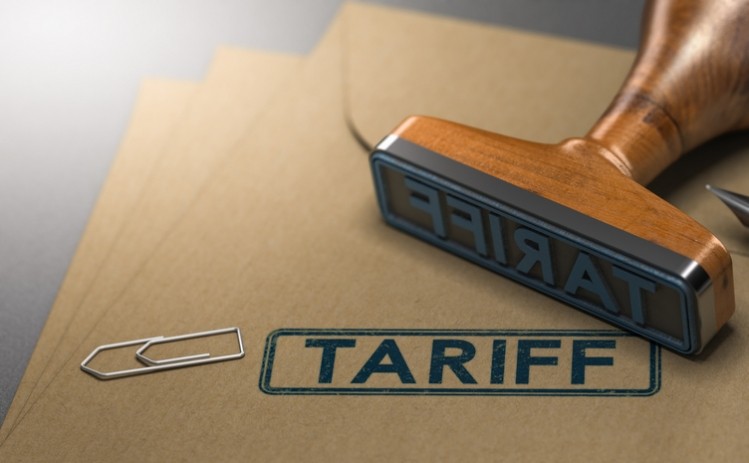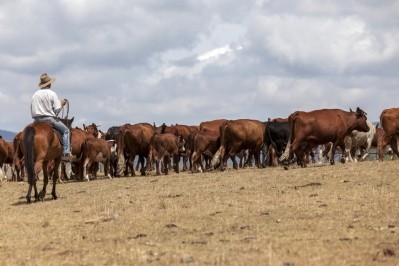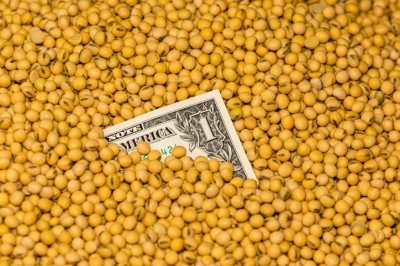China imposes tariff on Australian barley, trade flows likely to adapt

“At 80.5%, barley trade between the two nations is expected to halt,” commented UK based market intelligence group, CRM AgriCommodities, on the move.
“Should the tariff actually remain in place for the reported period of five years, then trade flows will adjust with European and Black Sea barley likely replacing Australian barley into China and Australian barley entering Saudi Arabia and other African nations,” added the analysts.
Meanwhile, the lack of rainfall and drought conditions in Romania is continuing to deteriorate wheat production prospects there, with wheat production expectations now decreased, reported CRM.
Oilseeds outlook
And, as crop conditions in parts of Brazil and Argentina are worsening, there are more knock-on effects occurring downstream, as river levels in Argentina continue to hamper soybean and soymeal exports, said the analysts.
The latest production forecasts from Brazil’s agricultural statistics agency, Conab, show a mild fall in soybean production output in that country, down 1.73MT from last month to 120.3MT. While the cut offers short-term support, Brazilian production is still expected to exceed last year’s level by more than 5Mt, noted the team at AHDB.
Last week’s USDA supply and demand estimates were somewhat bullish for soybeans, they remarked. “Soybean stocks are forecast to decline year-on-year in 2020/21, despite a large increase in forecast production. Obviously, there is a high degree of uncertainty in these initial forecasts, and an inherent sense of scepticism, particularly given the ongoing trade tensions and coronavirus driven demand concerns.”
In terms of looking ahead to European rapeseed output, the AHDB analysts say weather is likely to be a key driver of the European and UK crop levels. “Conditions in the key growing regions of Western Europe and Eastern Germany and Poland have been very dry of late.”
Indeed, the latest MARS report from the European Commission saw yield prospects cut for winter rapeseed with a 6.1% reduction from the April estimate to 2.95 MT/ha, down 4.4% from the five-year average.
That EU report also lowered yield expectations for European winter wheat, and barley, along with rapeseed, citing the fact that western and central Europe were hit by dry and warm weather in April.








